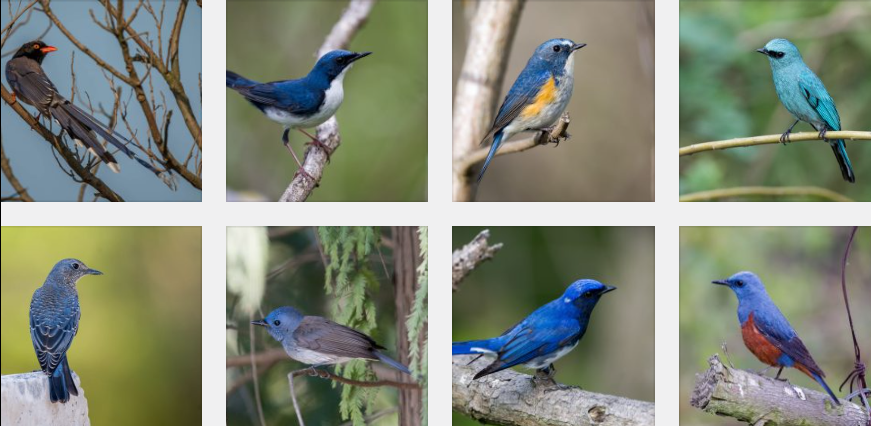
Blue is the world’s favorite color, selected by about 23-33% of all respondents in selected countries, far more than any other color (details here). Thus – in a shameless attempt to pander to our reader’s preferences rather than steering them in the right direction, think populism for birders – this post compiles the ten bluest birds that can be seen in Shanghai at least very occasionally.
Before we start, here are a few birds that did not make it into the top 10 despite a solid claim to some blueness: Common Kingfisher, Black-crowned Night Heron, Azure-winged Magpie, Black-naped Kingfisher, and White-throated Rock Thrush.
But here they are the winners, in inverse order of their subjective blueity, as judged by a populist blog writer. Feel free to protest this judgment in the comments! It will not change the order, but it might make you feel better, and you will not get fired from whatever position you have in the government.
10. Bluethroat
A bit of a disappointment in the blueness stakes, given the name of the bird. Still, whatever limited blue that is there is quite prominent. Could have ranked much higher with more focus on blue – the bird shown here could as well be called redthroat, which pretty much eliminates the chances of a higher position.
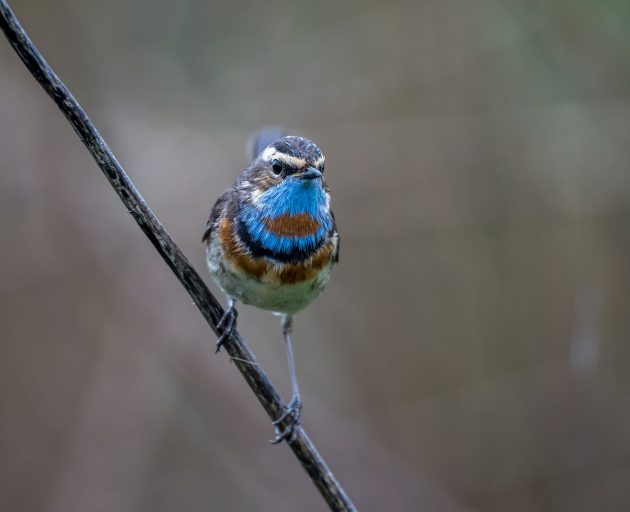
9. Blue Rock Thrush
The same criticism is also very valid for the Blue Rock Thrush – the species is just not focused enough on achieving blue greatness, though some of the females (second photo) seem a bit more pure in their pursuit of the target color than the males.
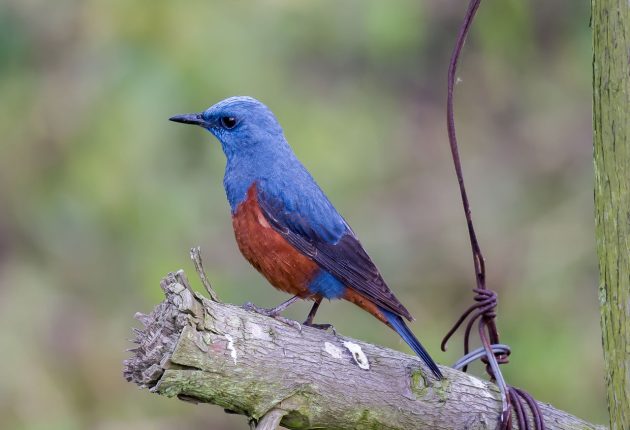
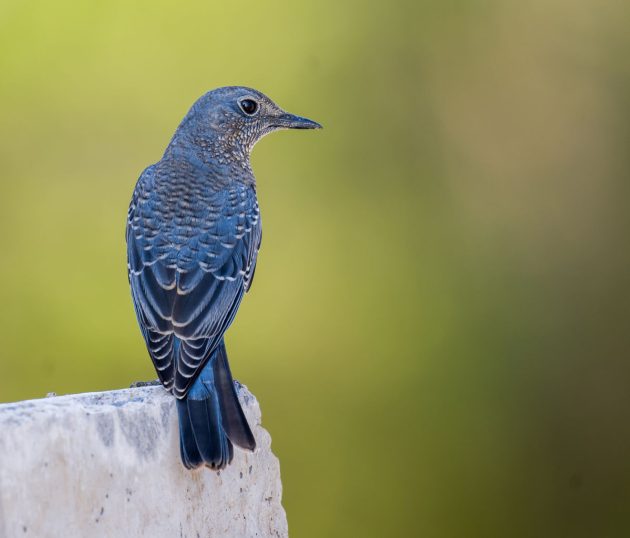
8. Red-billed Blue Magpie
The name already indicates why this species did not make it any further than number 8 in this ranking. With a prominent red bill and a black head, the bird seems to almost willfully sabotage its chances. Must try harder in the future.
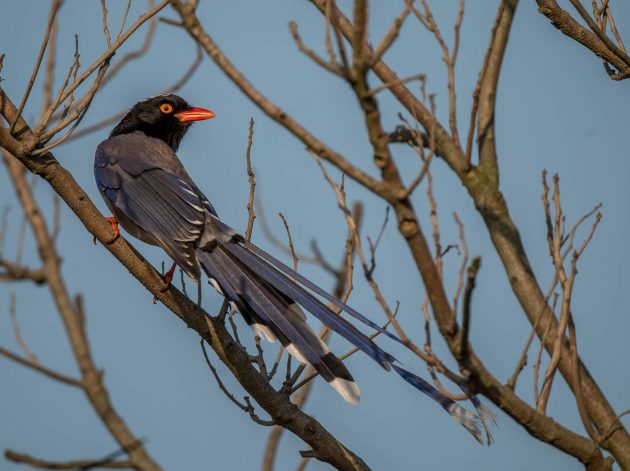
7. Red-flanked Bluetail
While the accusation of being red-flanked is a bit exaggerated, the orange sides do distract from the largely blue plumage in a substantially more extensive way than the white parts. Less would have been more for this species. The female (not shown) indeed does with less – but unfortunately, mainly with less blue, further sabotaging the position of the species in the ranking.
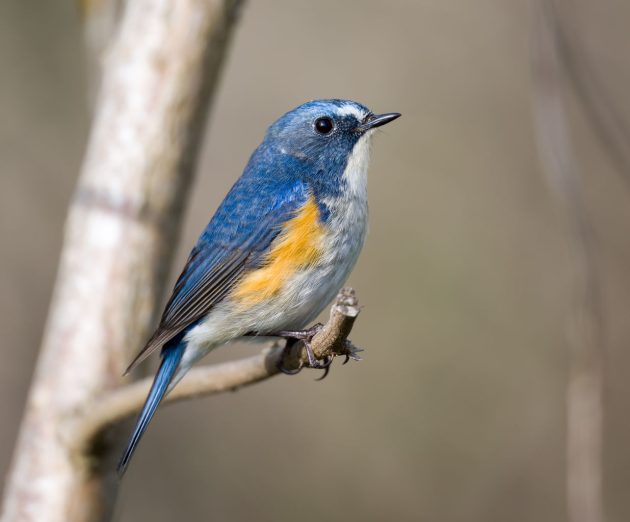
6. Oriental Dollarbird
In the Oriental Dollarbird, the distraction from colors other than blue is not as strong – an improvement and a reason for placing this species in position 6. Yet looking at different photos of the bird, it sometimes looks like it is not blue at all but rather greenish. Such a lack of commitment to the cause of the color blue prevents the bird from reaching any higher.
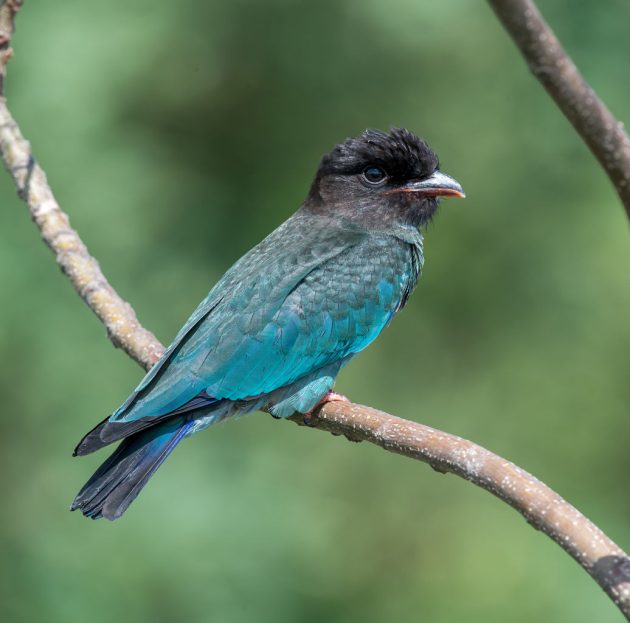
5. Verditer Flycatcher
The same cannot be said for the Verditer Flycatcher – and still, this pale version of the color blue is a bit like playing a great The National song at a low volume, thus failing to utilize its full potential.
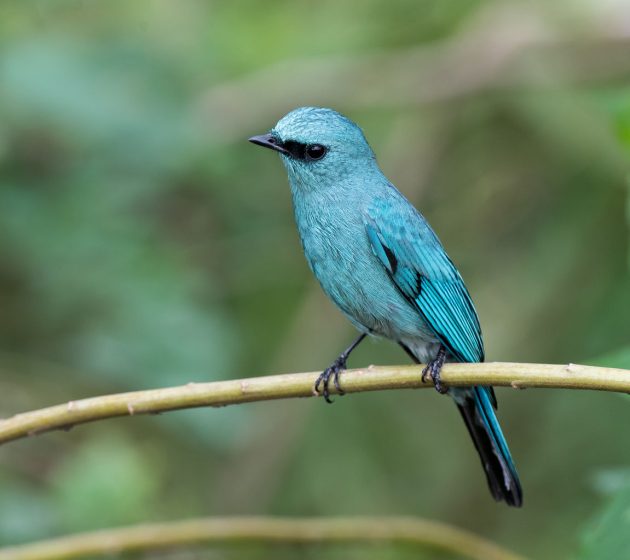
4. Black-naped Monarch
Positions 2-4 are all quite similar in showing a convincing commitment to the cause of the color blue while at the same time accentuating it with black and white. It works rather well for all three species starting with the Black-naped Monarch. It gets a slight deduction for not having blue in its name – and the cute little cap is black, which also distracts a bit from the blue of the bird. You may well add in the comments that it compensates this deficiency via having the color blue in its scientific name, Hypothymis azurea.
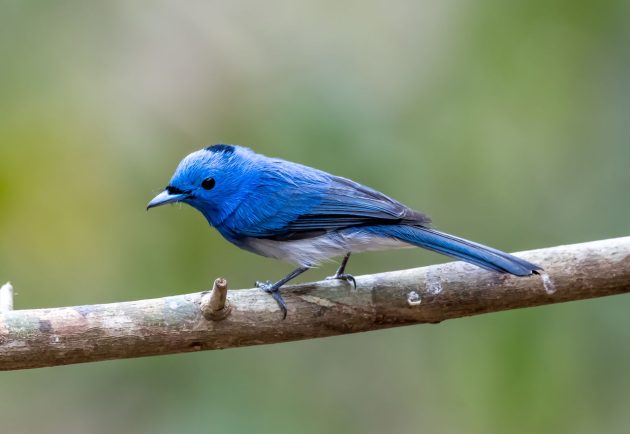
3. Siberian Blue Robin
Not to be outdone by the monarch, the Siberian Blue Robin also has incorporated a color reference to its scientific name (Larvivora cyane). The color looks very close to Prussian Blue, an artificial pigment that was used to dye the uniforms of the Prussian Army. Interestingly, in 1958, Prussian Blue was renamed midnight blue by crayon maker Crayola because children could no longer relate to Prussian history. This was the first of only three such renaminigs in the history of the company. In an early outbreak of wokeness, in 1962, flesh was renamed peach to recognize that not everyone’s skin is the same shade while Indian Red was renamed Chestnut in 1999 as students thought it was a reference to the skin color of native Americans (to me the best suggested alternative name was TCFKAIR, “the crayon formerly known as indian red”). Given the current anti-wokeness campaign, I fully expect at least the latter two colors to get their old names back, at the threat of no longer allowing schools to buy crayons with such woke names.
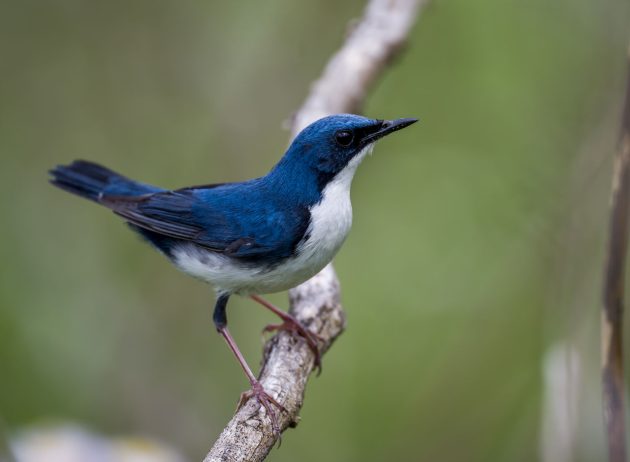
2. Blue-and-white Flycatcher
The color scheme of the adult male Blue-and-white Flycatcher is quite similar, though maybe a bit lighter – and the species gets bonus points for the unobtrusive color of its legs. Young males do not dare to wear the full blue plumage right away and start with what they among themselves refer to as “training blue” plumage.
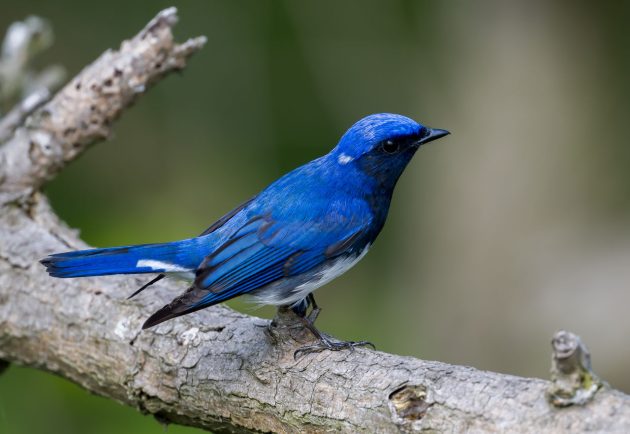
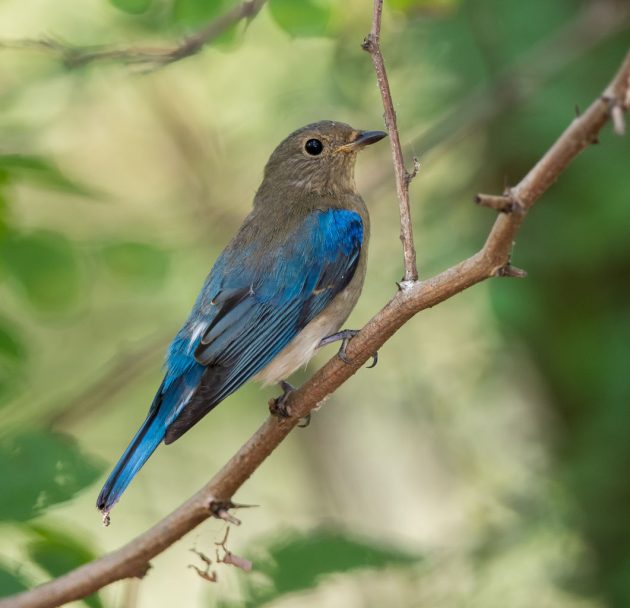
1. Blue Whistling-Thrush
Unfortunately, the Blue Whistling-Thrush is quite rare in Shanghai – I have seen it here but never got a decent photo. Still, the species undeniably is fully committed to being blue, both in its common and its scientific name (Myophonus caeruleus, with caeruleus meaning azure-blue). And the silvery spots on the blue plumage emphasize the color rather than subtract from it. So, we have a winner!
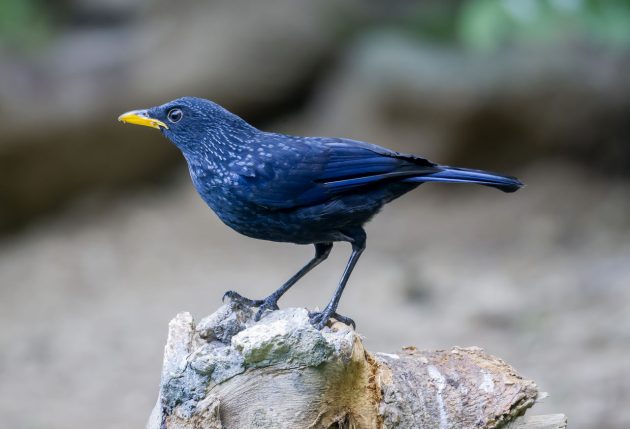
All photos except Black-naped Monarch (Sepilok, Borneo) and Blue Whistling Thrush (Hongbenghe, Yunnan, China) taken at Nanhui, Shanghai, China.

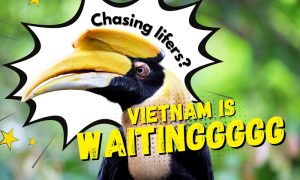
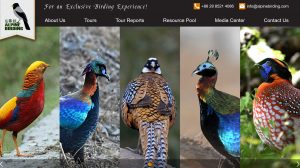
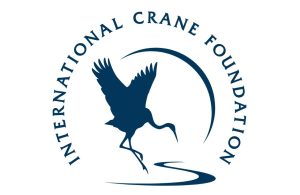







The desire to se these blue birds almost hurts… fortunately, I can see some of them here in Western Europe too.
In North America, we have our own blue stars. There is the Blue Jay, the male Indigo Bunting, the male Blue Grosbeak and the male Cerulean Warbler. Eastern and Western Bluebirds are lovely. But, the prizewinner has to be the male Mountain Bluebird.
Dang! You beat me to it! My next 3 photo submission was to be themed ‘Blue is the colour’! Time for a rethink!
No problem, I do not have exclusivity for this color – you can still submit that post!
Ha ha! Easier said than done after seeing your ‘blue’ photos!